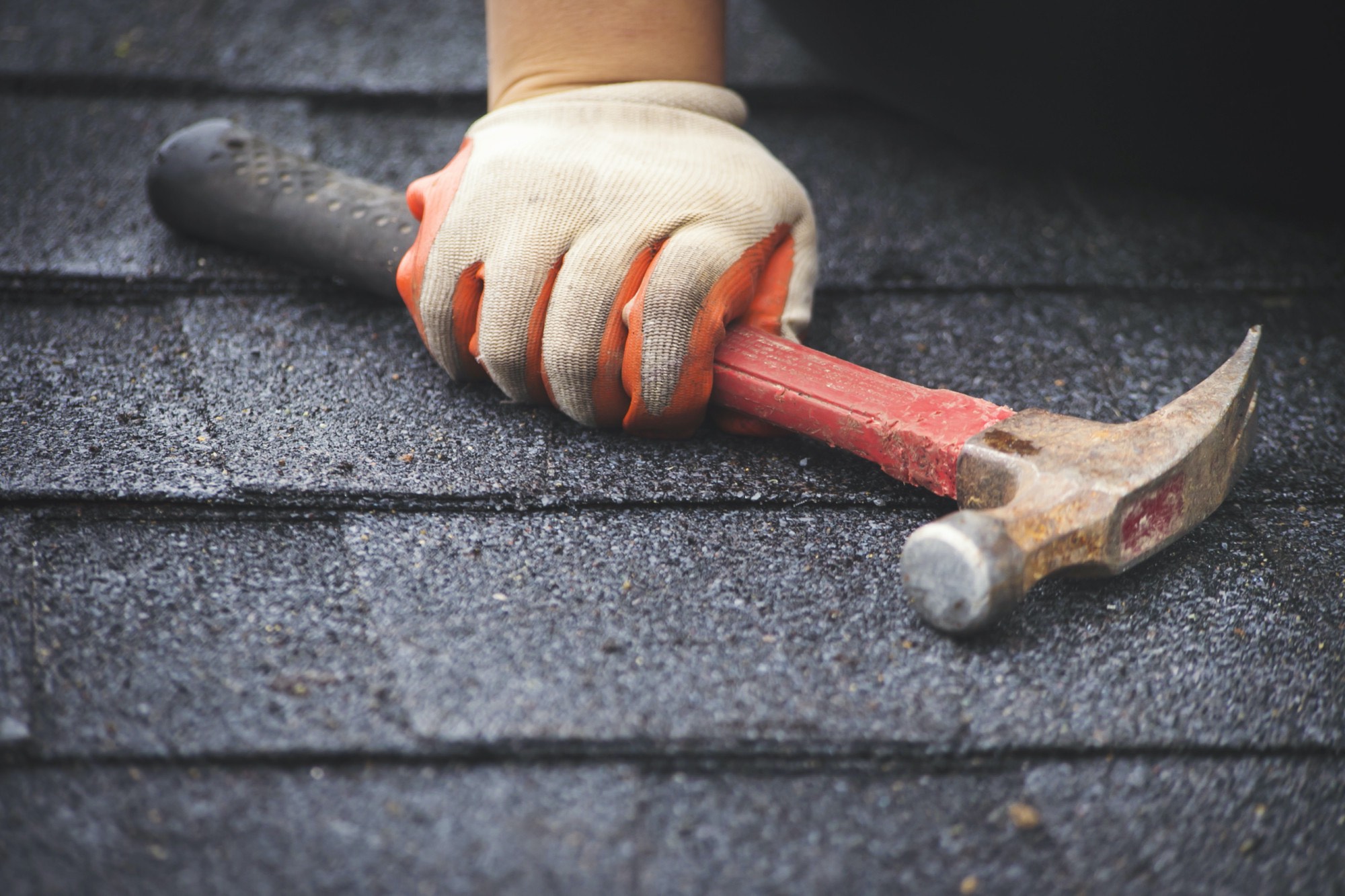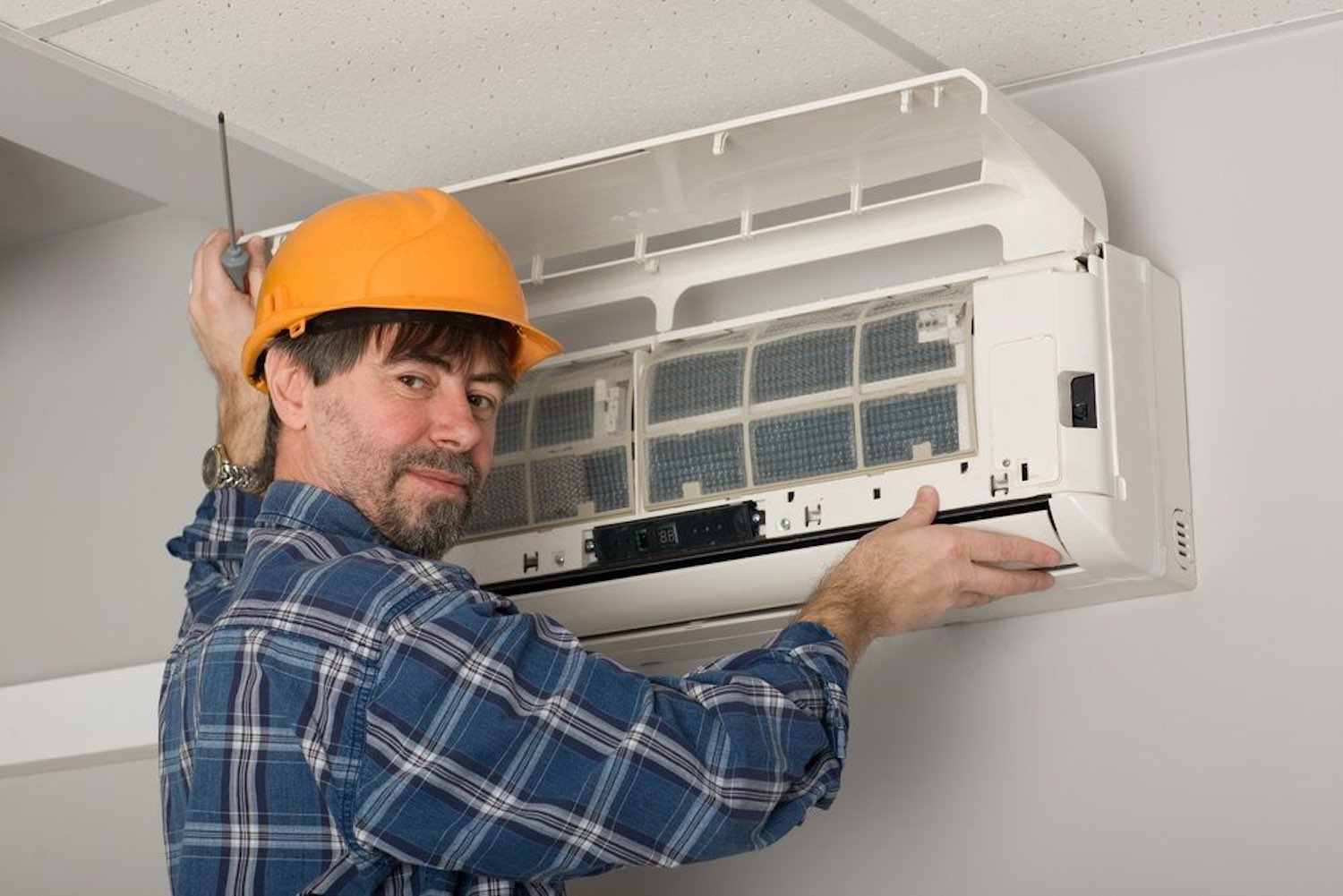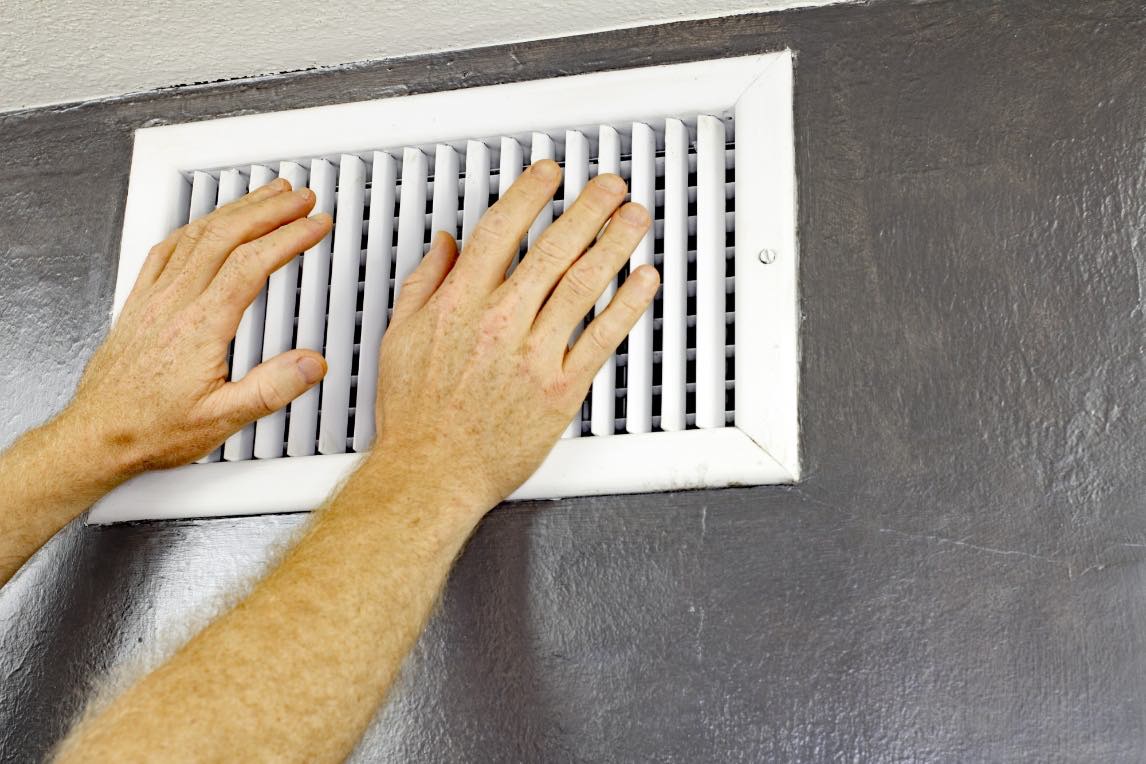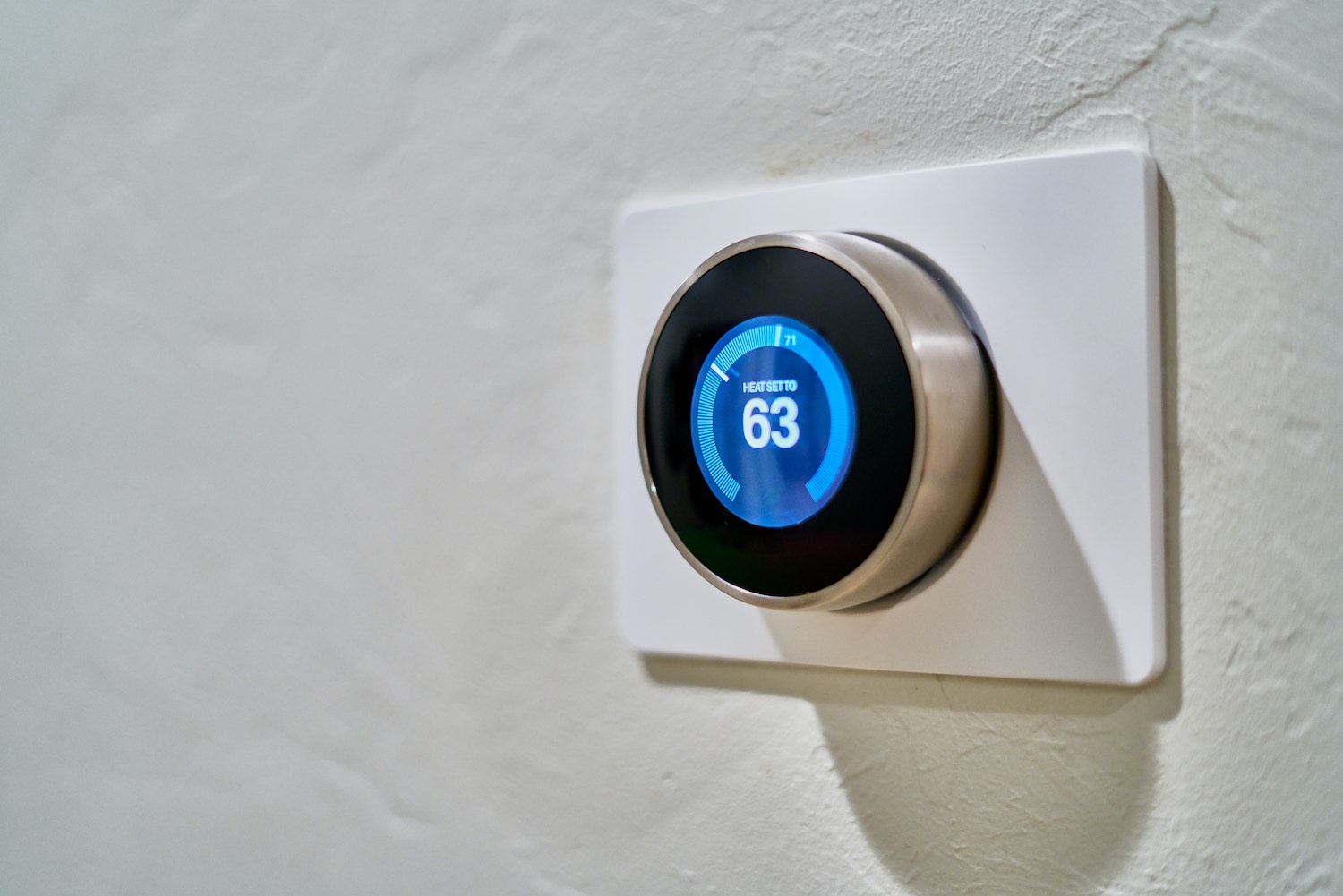Situated in the humid subtropical climate zone, Charlotte experiences hot, humid summers with average high temperatures in the upper 80s to lower 90s (Fahrenheit). Heatwaves, with temperatures soaring above the 100-degree mark, are not uncommon. This often leads to increased energy use, as homes work harder to maintain a comfortable indoor climate. Therefore, understanding and preparing for Charlotte’s intense summer heat conditions is crucial for every home owner.
Effective home preparation for the summer serves a dual purpose: it safeguards your property and optimizes indoor comfort. A well-prepared home not only stands up better to the heat but also reduces energy costs by decreasing the need for constant air conditioning. Furthermore, it also prevents long-term heat-related damage to your property, thereby helping maintain its value.
So, as the mercury begins to climb, preparing your home for the intense summer heat is not just a matter of comfort but also of practicality and efficiency. Let’s navigate through the essential steps that every homeowner should consider to brace their home for the warmest season of the year, ensuring both energy efficiency and comfort.
Step 1: Roof Inspection
Consider your roof the vanguard of your home’s defense against the summer heat. A poorly maintained roof can become an inadvertent conduit for unwelcome heat into your home, amplifying the strain on your cooling system. Launch a thorough roof inspection, seeking signs of damage or decay. Be on the lookout for loose shingles, cracks, and leaks.
However, this step can be a tad challenging and potentially dangerous for some homeowners. If the task of a roof inspection seems daunting to you, it may be advisable to enlist professional help.
You can conveniently find trusted local services by searching for Charlotte roofing company near me on your browser. This will provide a list of experts who offer comprehensive evaluations and necessary repairs, ensuring your roof is combat-ready for the impending summer heat.
Step 2: Inspecting Your Home’s Insulation
Your home’s insulation plays a pivotal role in regulating its internal temperature. Effective insulation keeps the heat and cool air out, making your home a haven from the sweltering summer heat.
Start by checking the insulation in your attic, as heat tends to rise and can get trapped there, turning your attic into an oven that slowly heats the rest of your home. Evaluate the current state of your insulation and consider upgrading to higher R-value insulation if necessary.
Step 3: Checking Your HVAC System
Your HVAC system is the frontline defense against the summer heat, and ensuring its optimal functioning is vital. An efficiently working system not only cools your home effectively but also conserves energy, resulting in lower utility bills.
Have a professional service your HVAC before the heat sets in, checking for any possible issues and replacing air filters to ensure smooth operation. Regular maintenance also prolongs the life of your system, making this step a worthwhile investment.
Step 4: Installing Energy-Efficient Windows
Windows can significantly impact the temperature inside your home. They can let in sunlight, contributing to unwanted heat gain, and old, inefficient windows can also leak cool air.
Consider replacing your old windows with energy-efficient ones with a lower solar heat gain coefficient (SHGC) and higher R-value. These windows minimize heat gain from the sun while preventing cool air from escaping, keeping your home cool and your energy bills down.
Step 5: Considering Window Treatments
While upgrading to energy-efficient windows is a worthwhile investment, another cost-effective method to prevent unwanted heat gain is through window treatments. Blinds, shades, and curtains can block a significant amount of sunlight and heat, reducing the strain on your air conditioning system.
Moreover, these treatments add an aesthetic appeal to your home, making this a functional and design-enhancing update.
Step 6: Checking for Cracks and Gaps
Cracks and gaps around your doors, windows, and walls are small but significant sources of cool air loss. By sealing these, you can prevent the leakage of conditioned air, thereby enhancing the efficiency of your HVAC system and maintaining a consistent temperature within your home.
Use weatherstripping for doors and windows and caulk for cracks in the walls. This simple step can contribute immensely to keeping your home comfortably cool throughout the season.
Step 7: Attic Ventilation
Proper attic ventilation is another crucial factor in maintaining a cool home during the summer months. A well-ventilated attic allows hot air to escape, reducing the overall temperature of your house.
Installing an attic fan can significantly improve ventilation, helping to push out hot air and draw in cooler air. An effective attic ventilation system not only reduces the load on your HVAC system but also prolongs the lifespan of your roof by preventing heat damage.
Step 8: Landscaping for Shade
Strategic landscaping can serve as a natural barrier against the scorching summer sun. Planting trees and tall plants around your home can provide valuable shade, reducing the amount of direct sunlight hitting your home.
Consider deciduous trees, which provide shade in the summer and allow sunlight to warm your home when they lose their leaves in winter. Remember, the goal is to shield your home without blocking light entirely, as natural light is also beneficial.
Step 9: Installing a Programmable Thermostat
In our quest for a cool home, it’s easy to overwork the air conditioning system, leading to unnecessary energy use. A programmable thermostat can help manage your home’s temperature effectively and efficiently.
Adjusting temperatures according to your breathing patterns, a programmable thermostat ensures comfort when you’re home and conserves energy when you’re away. Modern thermostats offer smart features that provide even greater control and efficiency.
Step 10: Regular Maintenance
Finally, regular home maintenance ensures your preparations are long-lasting and effective. Make it a habit to check on your insulation, HVAC system, windows, roof, and other elements regularly. This keeps your home ready for summer and helps identify potential issues before they become significant problems, saving you time and money in the long run.
Conclusion
Preparing your Charlotte home for the summer heat is a practical endeavor requiring strategic planning and action. Following these steps can increase your home’s resilience to the summer heat, reduce your energy consumption, and ensure a comfortable living environment throughout the season.
So, before the summer heat peaks, start making your home a cool, energy-efficient haven. Remember, an adequately prepared home is the cornerstone of a comfortable and relaxing summer in Charlotte.











